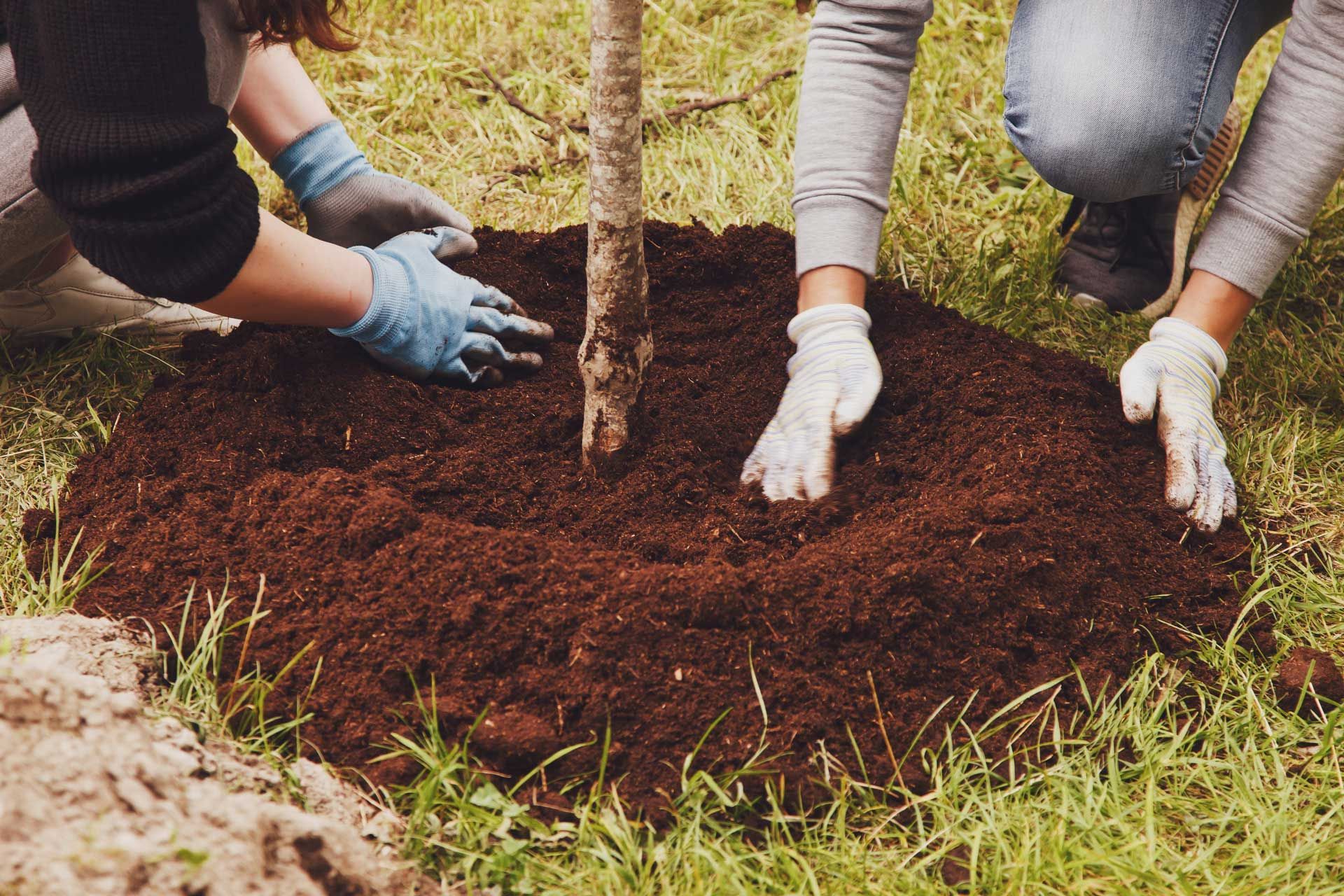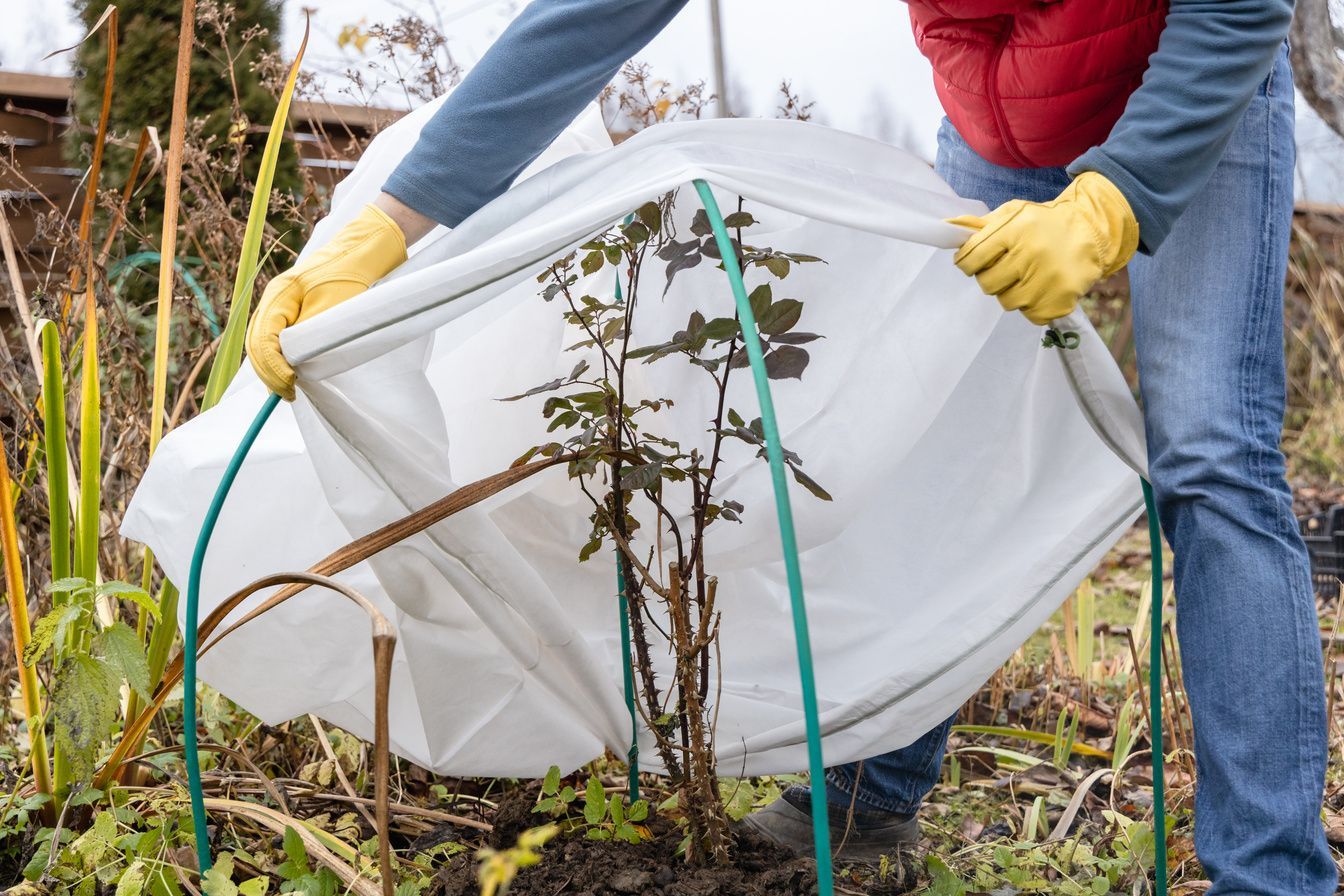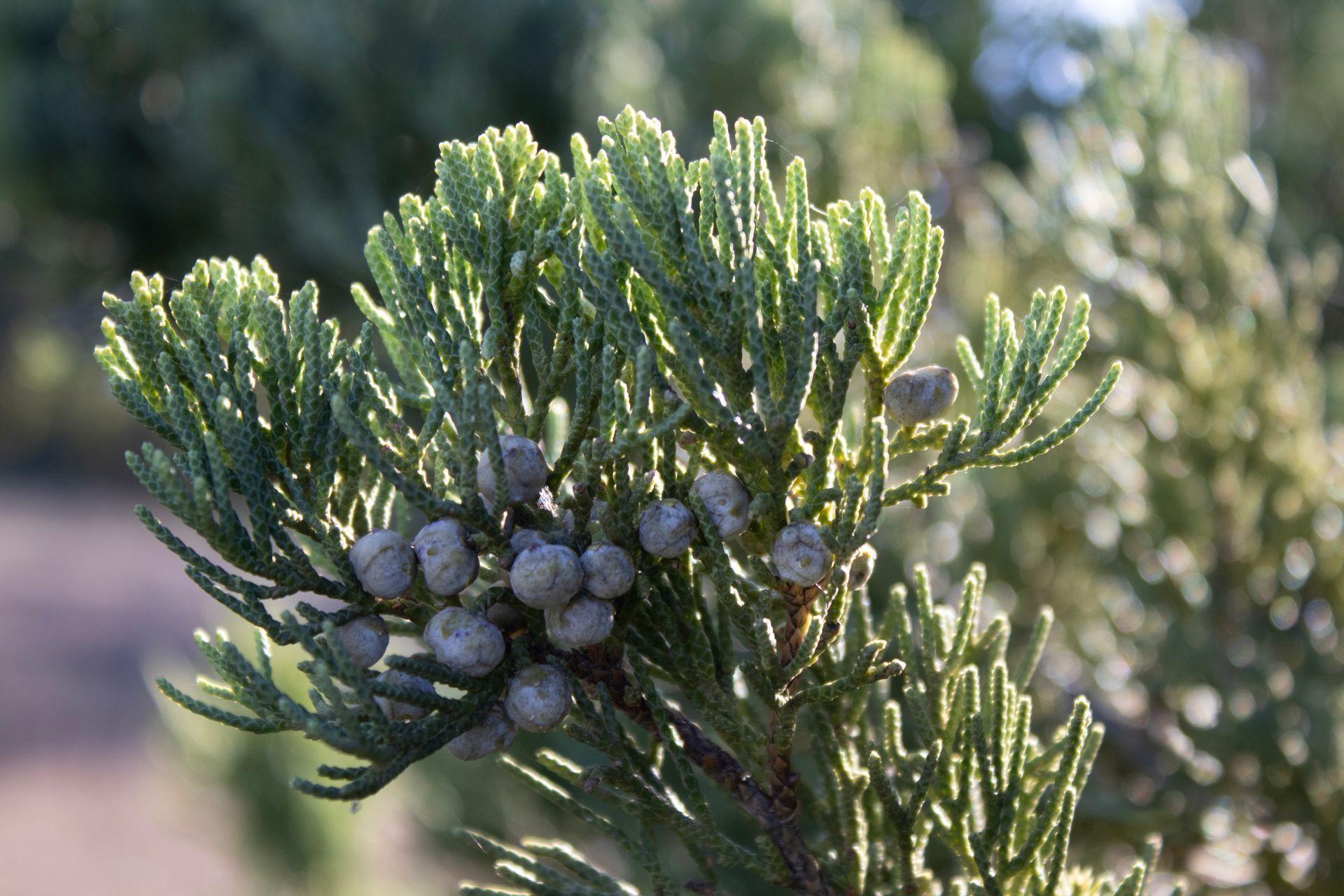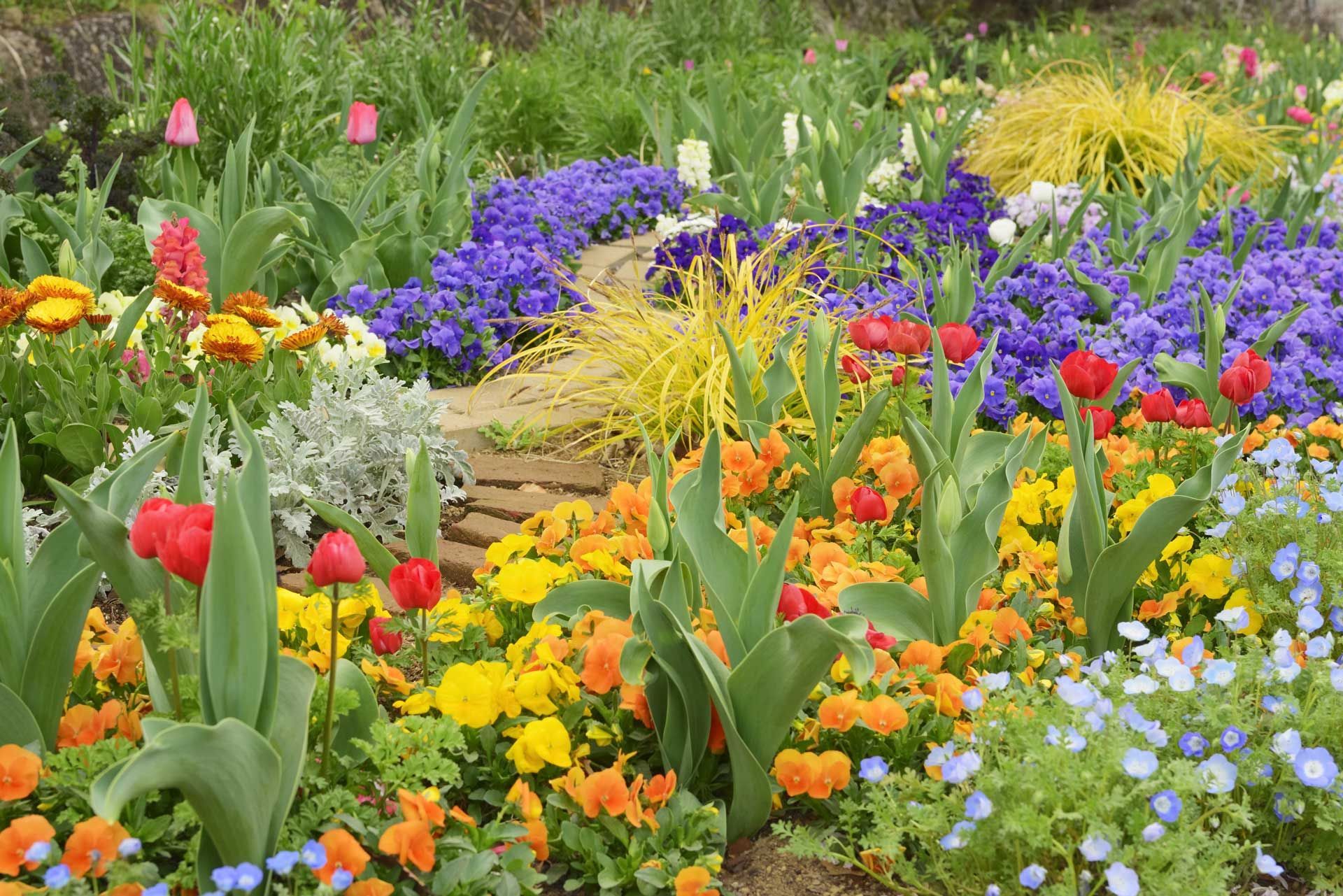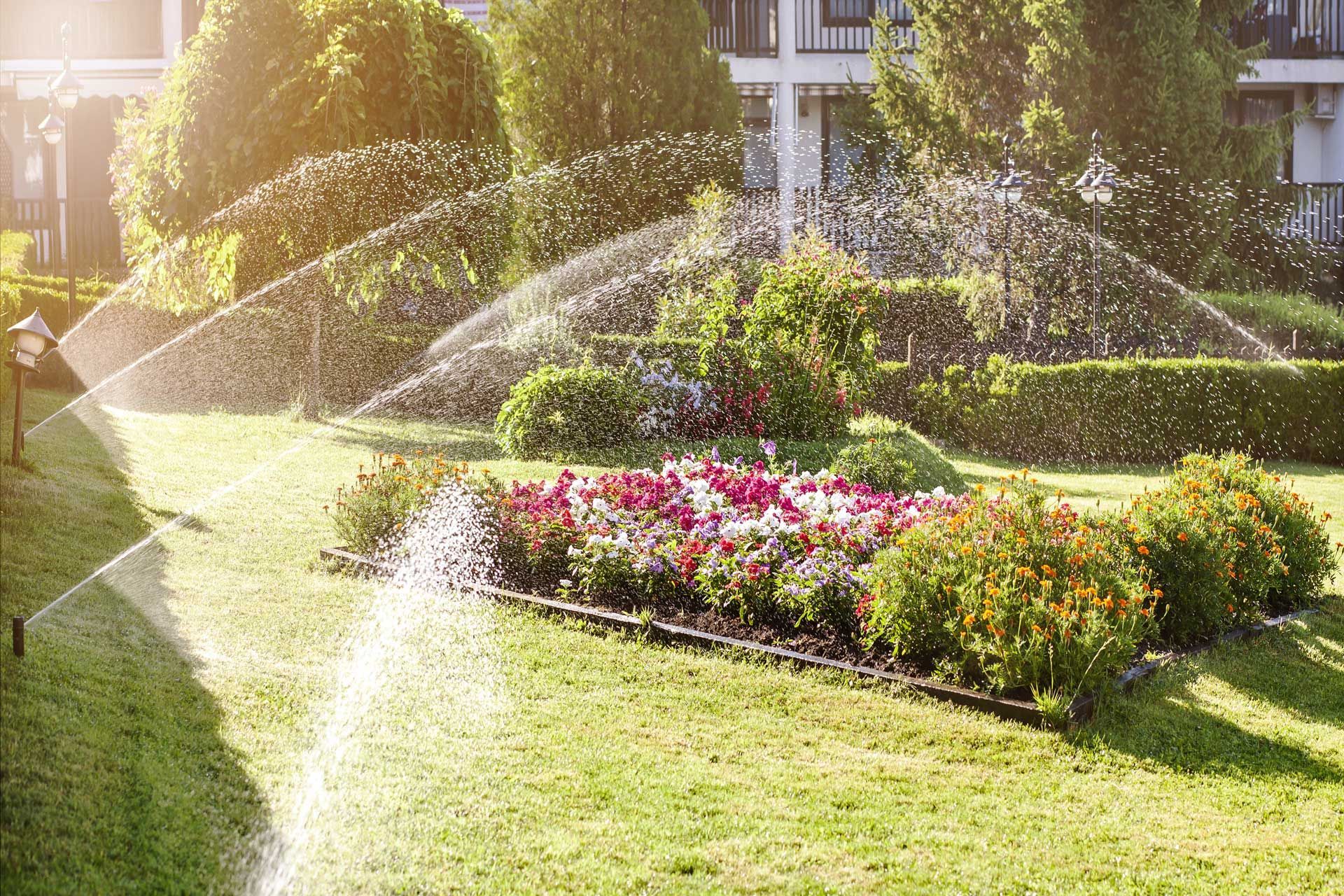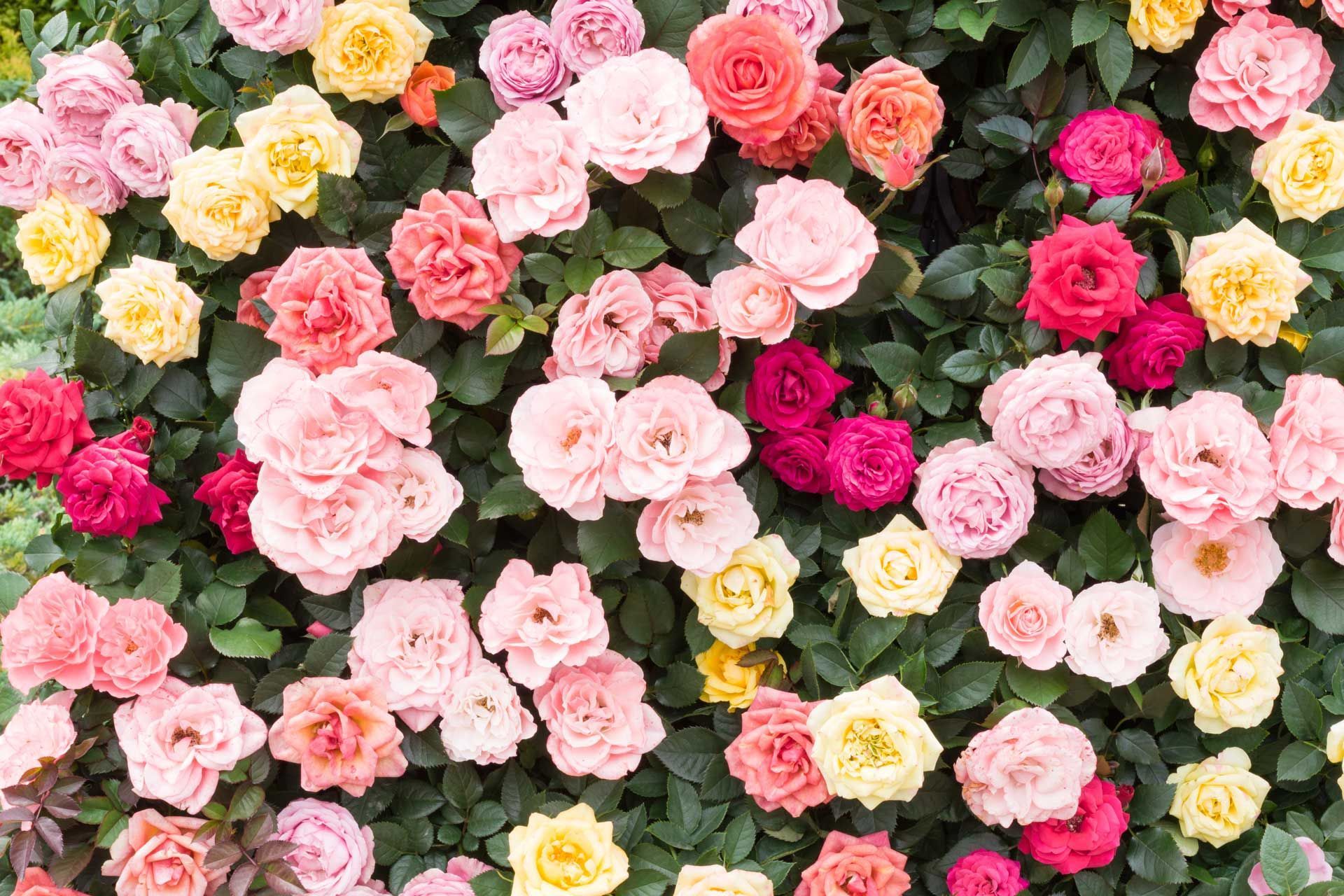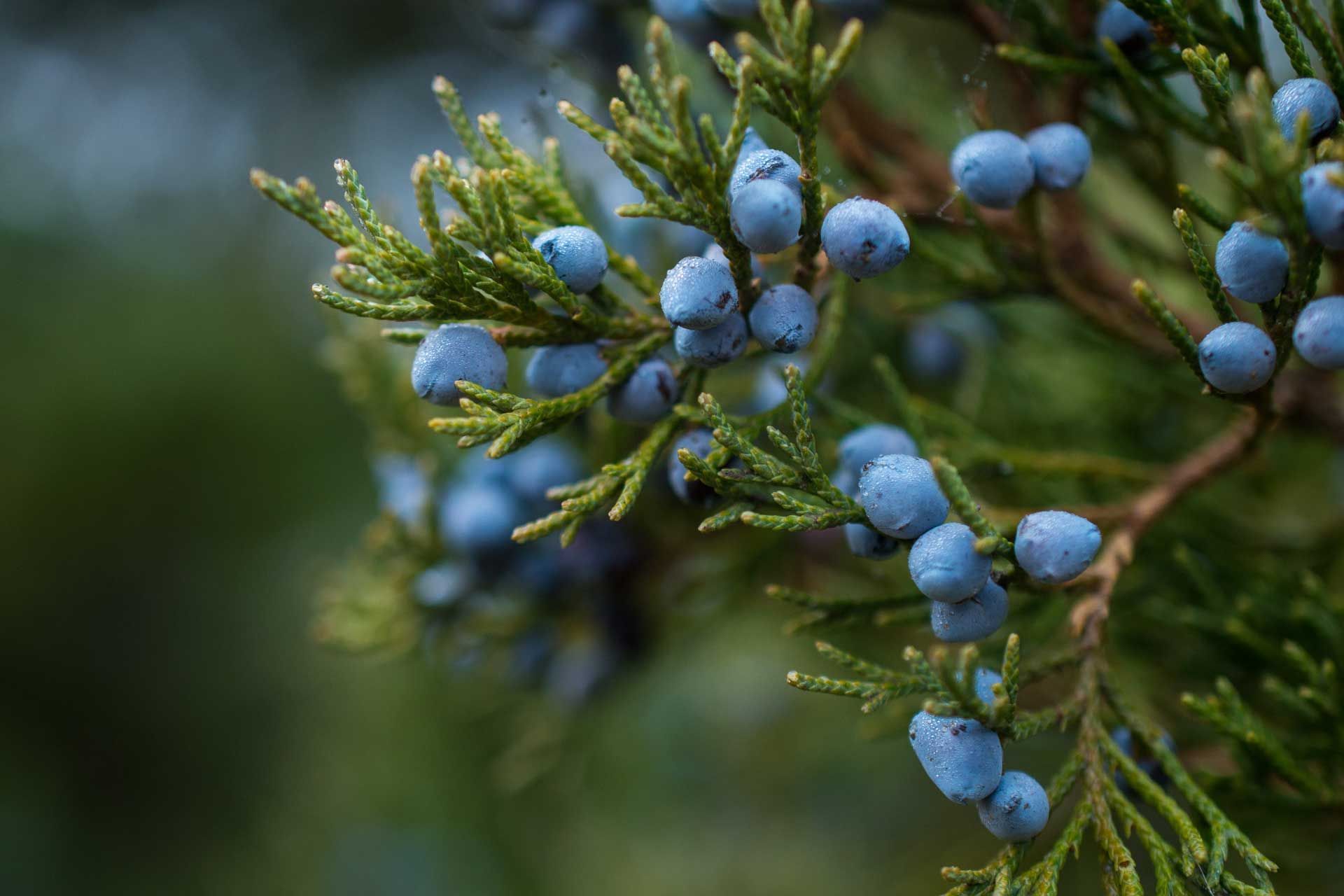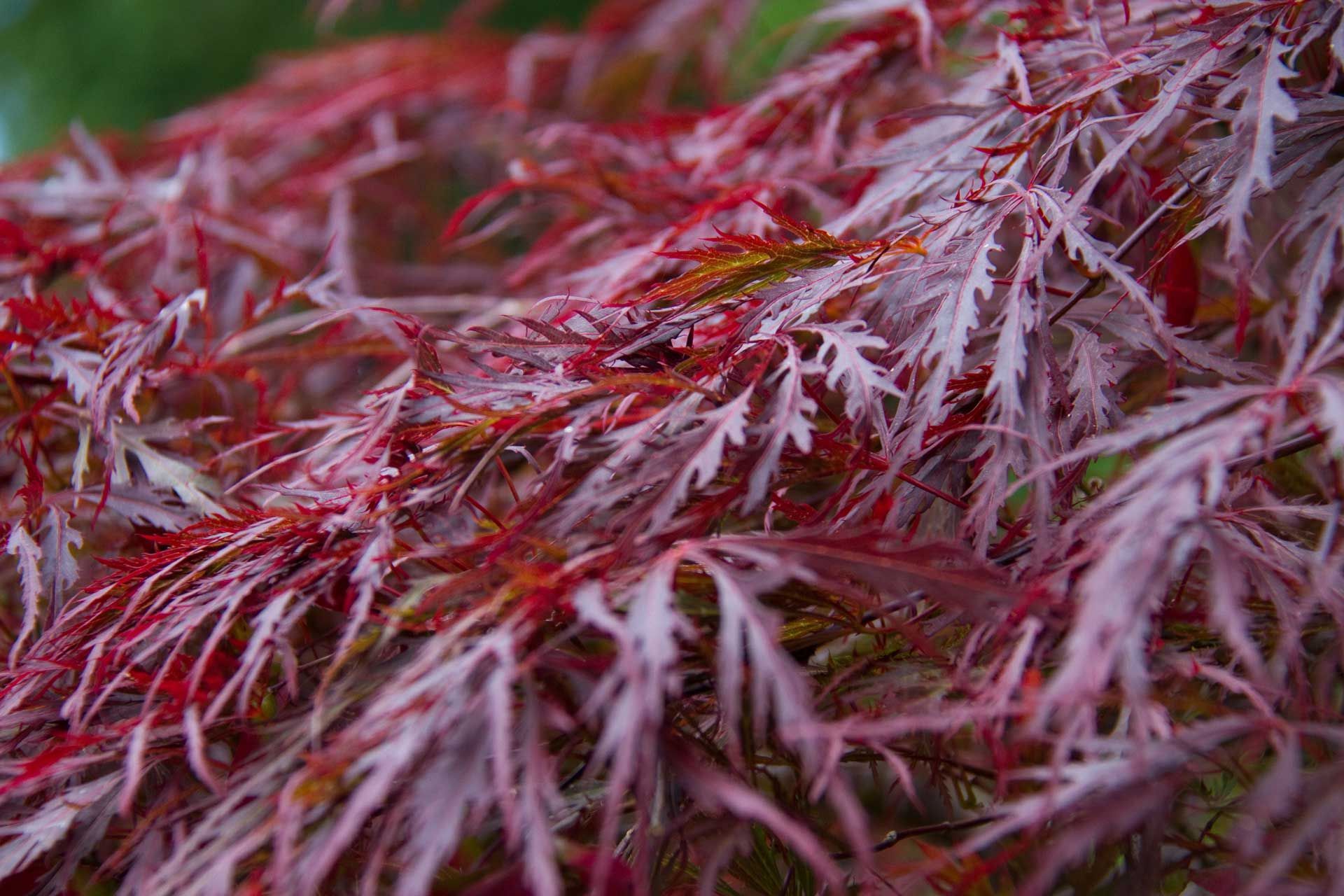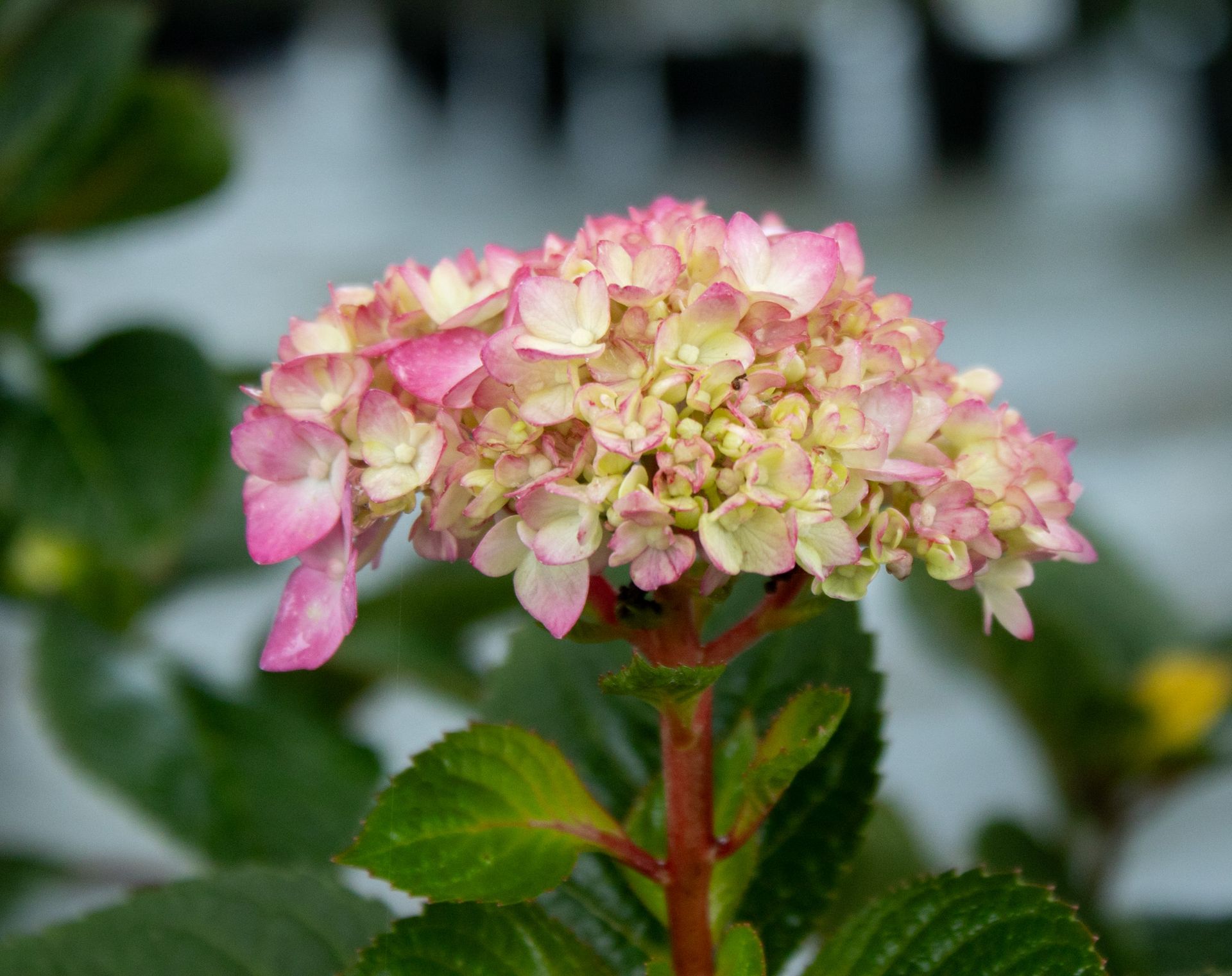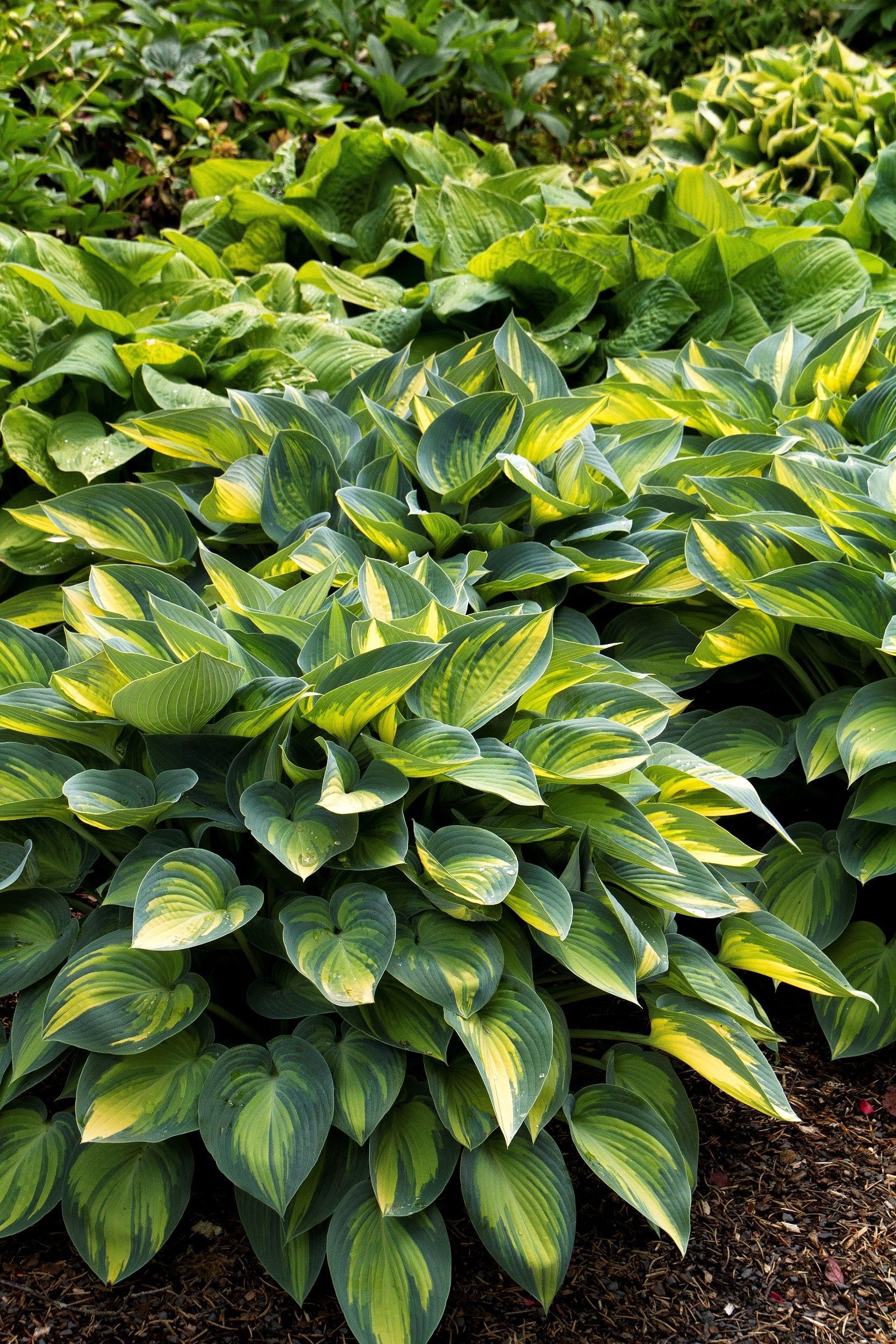Camellia & Sasanqua Care Tips
Types of Camellia:
Crimson N’ Clover: 8-10' x 5-6'
Shi Shi Sasanqua: 4-5' x 6-8'
Greensboro Red: 6-10' x 5-6'
White By The Gate: 10-12" x 6-8'

Tips
Camellias thrive in slightly acidic soil (pH 5.5-6.5) and may show stress, like yellowing leaves, in alkaline soil. They require well-drained soil, as they cannot tolerate water-logged conditions. Camellias grow best in partial shade, with morning sun and dappled afternoon shade, especially when young. Mature plants, with a dense canopy that cools their roots, can tolerate more sun. Winter shade can reduce cold damage in zones 6 and 7. Newly planted camellias and those in drought conditions need regular watering, but established plants (over three years old) generally require minimal supplemental water, provided the soil drains well.
How to plant:
When planting keep your soil type in mind if your soil needs to be amended do so. When planting make sure the root ball is above level ground by 2inches to prevent root rot or fungus.
How to care for your Camellia:
Fertilizing:
Fertilize camellias with an acid-based fertilizer starting a month after blooming, applying every eight weeks until buds form. Avoid fertilizing after August to prevent late growth that won’t harden before winter. Always follow label instructions.
Pruning:
Prune camellias after they finish blooming. Remove dead or weak wood and thin dense growth to allow flowers to open fully. Shorten lower branches to promote upright growth, and trim top growth to make the shrub bushier. Make cuts just above the scar marking the previous year’s growth, as this encourages three to four dominant buds to develop.
Pro Tips
Sprayer Use:
- A pump-up sprayer is recommended.
- Avoid leaving chemicals in the sprayer after use.
Seasonal Adjustments:
- Reduce spraying during hot summer months following chemical instructions.
Watering Systems:
- Avoid overhead watering to minimize fungal leaf issues.
- Use drip irrigation as the best method for watering.
Types of Diseases
Tea Scales
Tea scale is the most common insect pest affecting both japonica and sasanqua camellias, as well as hollies. While light infestations are common and plants can still thrive, heavy infestations can lead to unattractive plants with stunted growth and fewer blooms.
Identify: Leaves develop irregular yellow blotches with white, fuzzy growth on the undersides, caused by male tea scales. Female scales appear as small, brown, oyster-shaped covers, about 1/10 inch long, and are stationary as they feed on sap. Using a hand lens, you may spot tiny yellow crawlers or immature scales, as well as yellow eggs beneath the brown female scales.
Treatment: To manage this pest effectively, start by pruning to open up the plant’s canopy, which improves air flow and reduces the humid conditions pests thrive in. This simple step helps create an environment less conducive to infestation. Additionally, applying horticultural oil is an effective treatment to control the pest population. Horticultural oil works by smothering pests and their eggs, disrupting their life cycle.
Dieback
Identify: Affected branches show sudden yellowing and wilting of leaves, with branch tips often dying. Gray blotches may form on the bark and stem, followed by sunken cankers that girdle the stem. This leads to a loss of vigor, wilting, and eventual death of the plant parts above the canker.
Treatment: This disease is typically not very destructive. Some branches may die, but the plant usually recovers. Pruning is usually sufficient, though applying a copper fungicide can help if needed.
Leaf Gall
Identify: Leaf gall, a fungal disease, causes thick, discolored, fleshy leaves to form in early spring after bud break. These galls, initially greenish-pink to rose, shrivel, blacken, and fall off by late spring. While typically harmless, the disease can severely deform young nursery plants if uncontrolled.
Treatment: To prevent worsening the disease, remove and destroy young galls before spores are released. Clean up fallen leaves and avoid wetting foliage when watering. Gall formation thrives in humid, moist, and shady conditions. Chemical treatments like mancozeb offer limited effectiveness and must be applied before infection—always follow label instructions.
Yellow Mottle
Identify: Camellia yellow mottle virus spreads through root grafts and propagation of infected plants. It causes irregular yellow mottling or splotchy patterns of varying sizes and shapes on leaves, with some leaves turning entirely yellow. Infected flowers may develop irregular white blotches.
Treatment: No chemical treatment exists for this virus. To prevent its spread, only plant virus-free specimens sourced from reputable garden centers.
Algal Leaf Spot
Algal leaf spot, caused by the parasitic alga Cephaleuros virescens, commonly affects camellias and other shrubs and trees. The spots are slightly raised and can be circular or blotchy with wavy or feathered edges. They range in color from crusty gray-green to greenish-brown, but during summer reproduction, they appear velvety red-brown due to spore production. Heavy infestations can lead to premature leaf yellowing and drop.
Treatment: Algal leaf spot is typically not a serious issue. For mild cases, remove and discard affected leaves and branches, and clear fallen leaves from the ground. Improve plant health by ensuring proper sunlight, water, and fertilizer, and enhance air circulation by thinning nearby vegetation. Avoid overhead watering. In severe cases, apply a copper fungicide, following label instructions.
Tea Scale
Identify: Often found on the undersides of leaves and sometimes on stems. These small, immobile insects pierce plant tissue to suck sap, weakening the plant. Symptoms of heavy infestations include yellowing leaves, reduced blooms, leaf drop, twig dieback, and, in severe cases, plant death. Scales can resemble small fish scales, making them difficult to detect until populations become damaging.
Treatment: Tea scale rarely resolves on its own. Manage infestations with horticultural oil or systemic insecticides for lasting protection. Prune dense foliage after flowering to improve air circulation and spray coverage. Apply oil sprays in fall, winter, or spring when temperatures are 45–85°F, thoroughly covering the leaf undersides. Repeat applications as needed, following label instructions.
